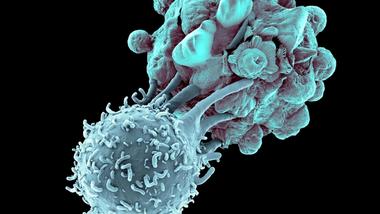
Immune Effects Safety
We consider all potential adverse impacts on the human immune system resulting from exposure to an ingredient. These include immune suppression, immune stimulation, development of hypersensitivities (except for allergic contact dermatitis), and autoimmunity.
This is a broad area and immune effects risk assessments are undertaken in many different contexts in Unilever, from assessing the risks posed by known food allergens and implications for risk management, through assessing the potential allergenicity of novel foods, to assessing the potential for new ingredients in home and personal care products to modulate the immune system.
We have safety assessment approaches in place for all of these, which combine exposure measurements with relevant hazard characterisation data. Depending upon the type of safety assessment, hazard characterisation data can include in vitro digestibility data, sequence homology data, data generated using in vitro human cell-based assays, antibody binding data, and human clinical study data e.g., oral immunogenicity measurements or skin prick testing.
We are always building new capabilities and refining our existing approaches for immune effects safety assessment using human-focused, non-animal approaches. Our current focus is the safety assessment of proteins and Type I hypersensitivities, which can occur quickly and result in severe adverse outcomes, and to support this we have research activities both in relation to exposure and hazard characterisation (bioactivity).
Exposure
Robust understanding and measurement of exposure is a critical component of safety assessment and we are also undertaking work in the area of protein exposure measurement and modelling. This covers a range of product types, consumer habits, and different routes of exposure, including cutting-edge measurement of airborne protein concentrations.
Bioactivity
There are research activities investigating the role of non-protein allergen components (lipids) in allergic sensitisation and exosome production after allergen exposure via skin and epithelial barriers. We are also investigating the potential use of human peripheral blood mononuclear cell-based assays in immune effects risk assessment. With other stakeholders, we are progressing the development of new approach methodologies (NAMs) for the risk assessment of chemical respiratory allergy and developing an effective toolbox for the risk assessment of alternative dietary protein sources.

